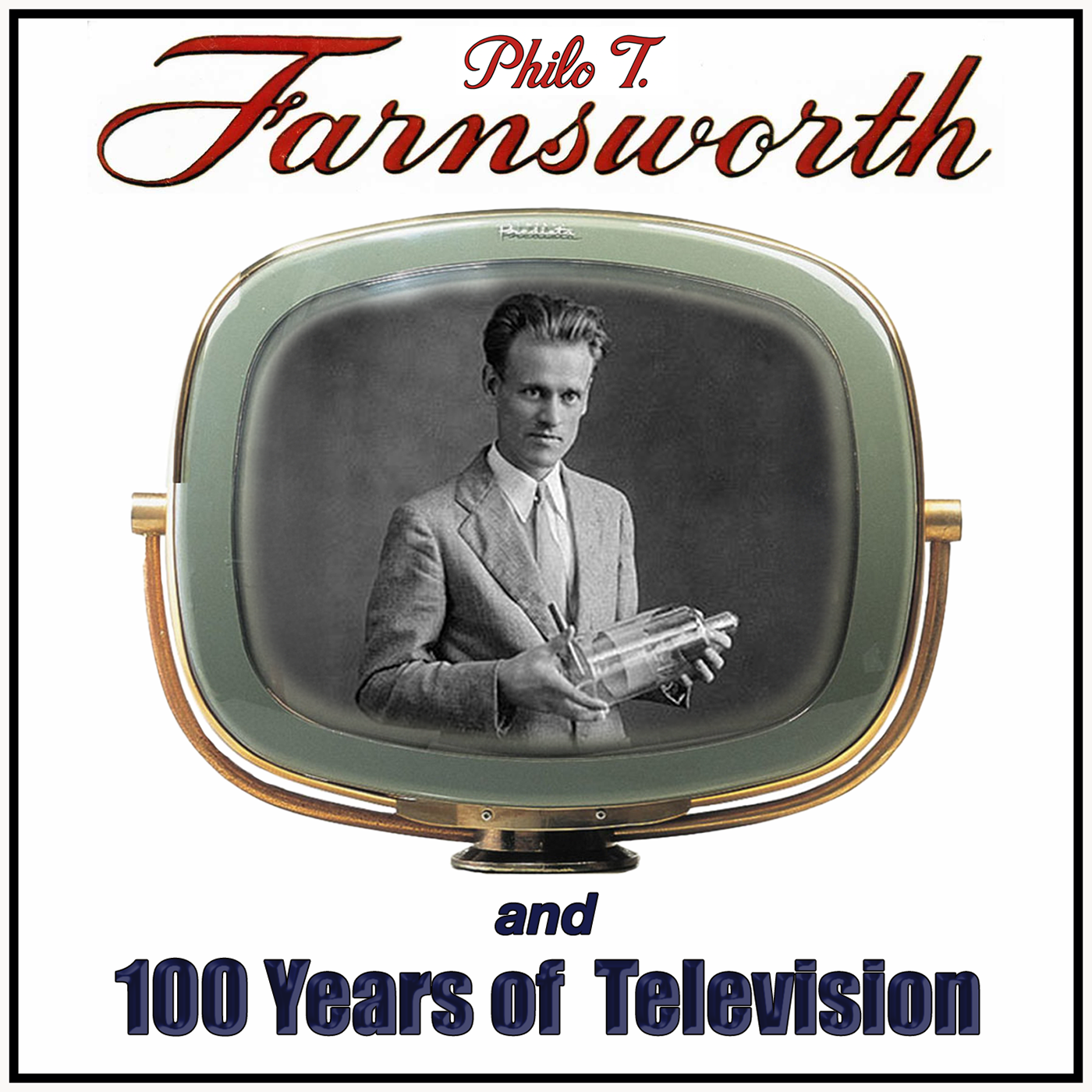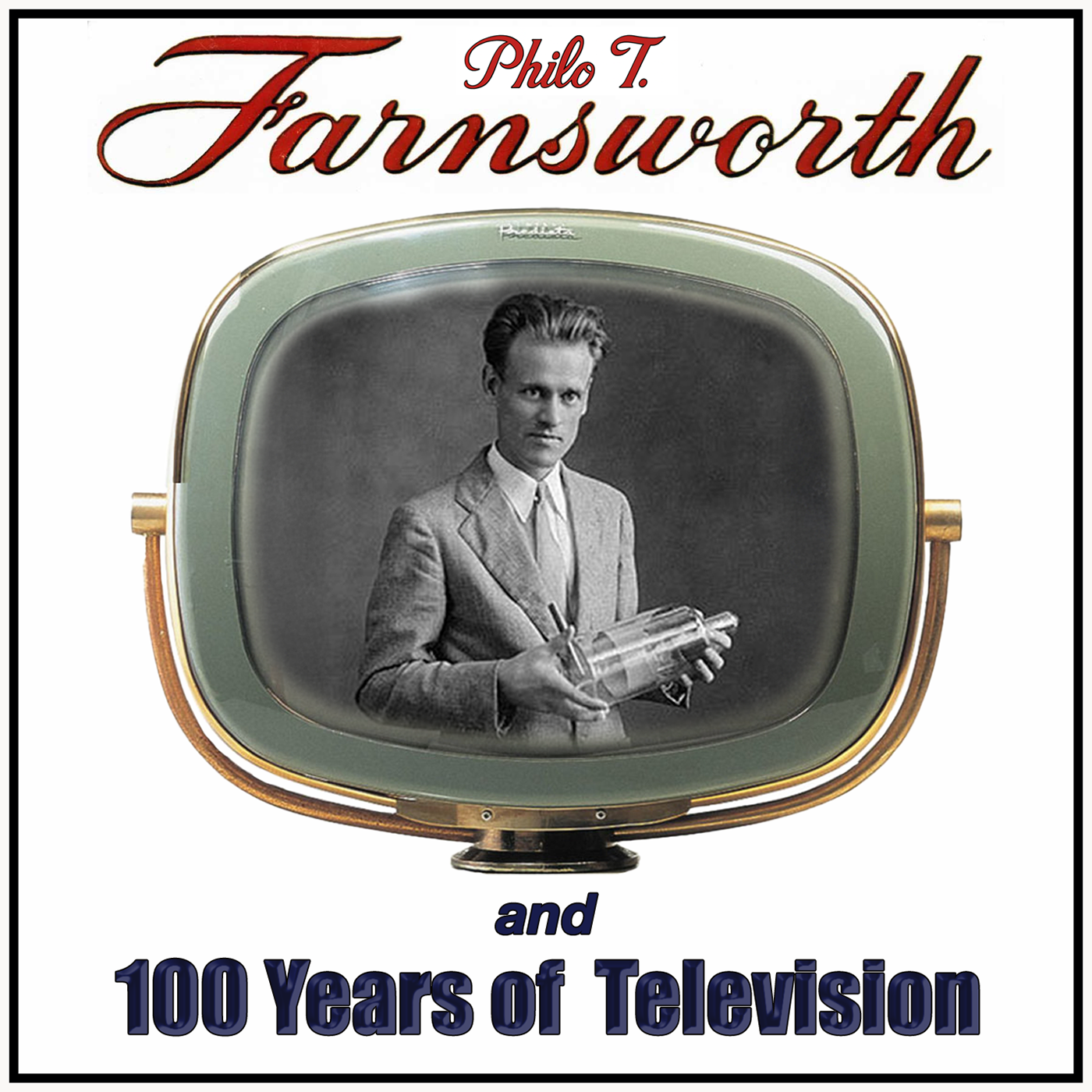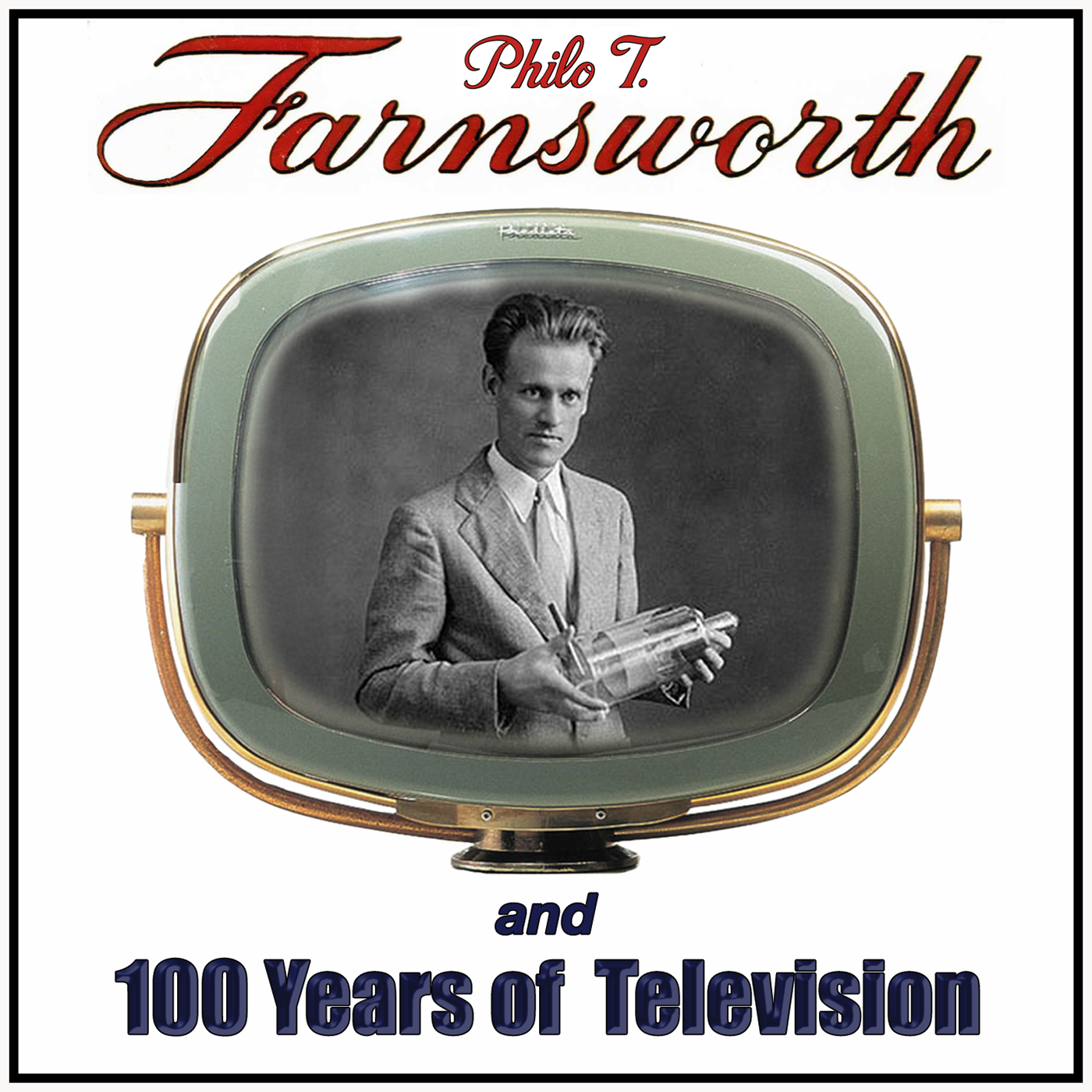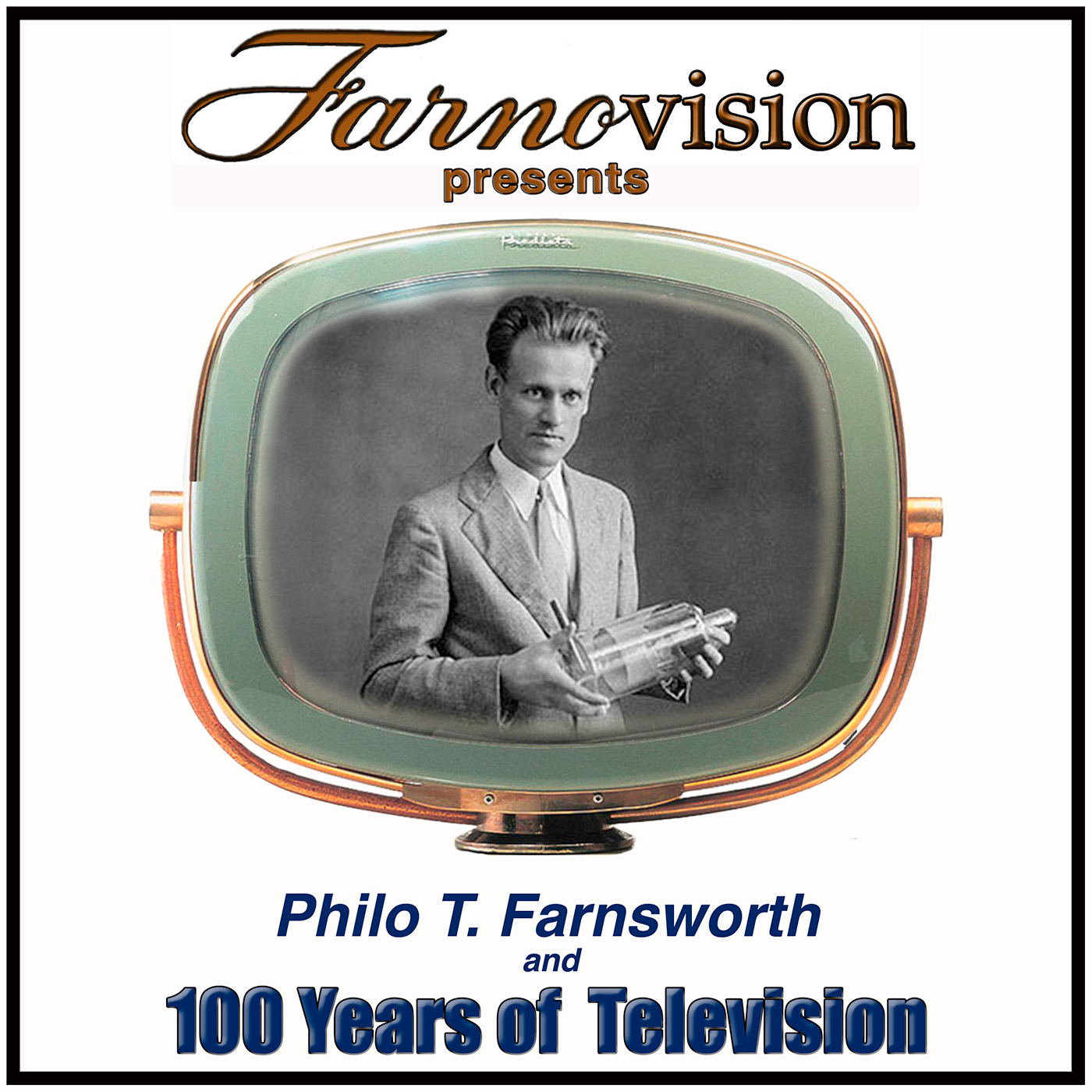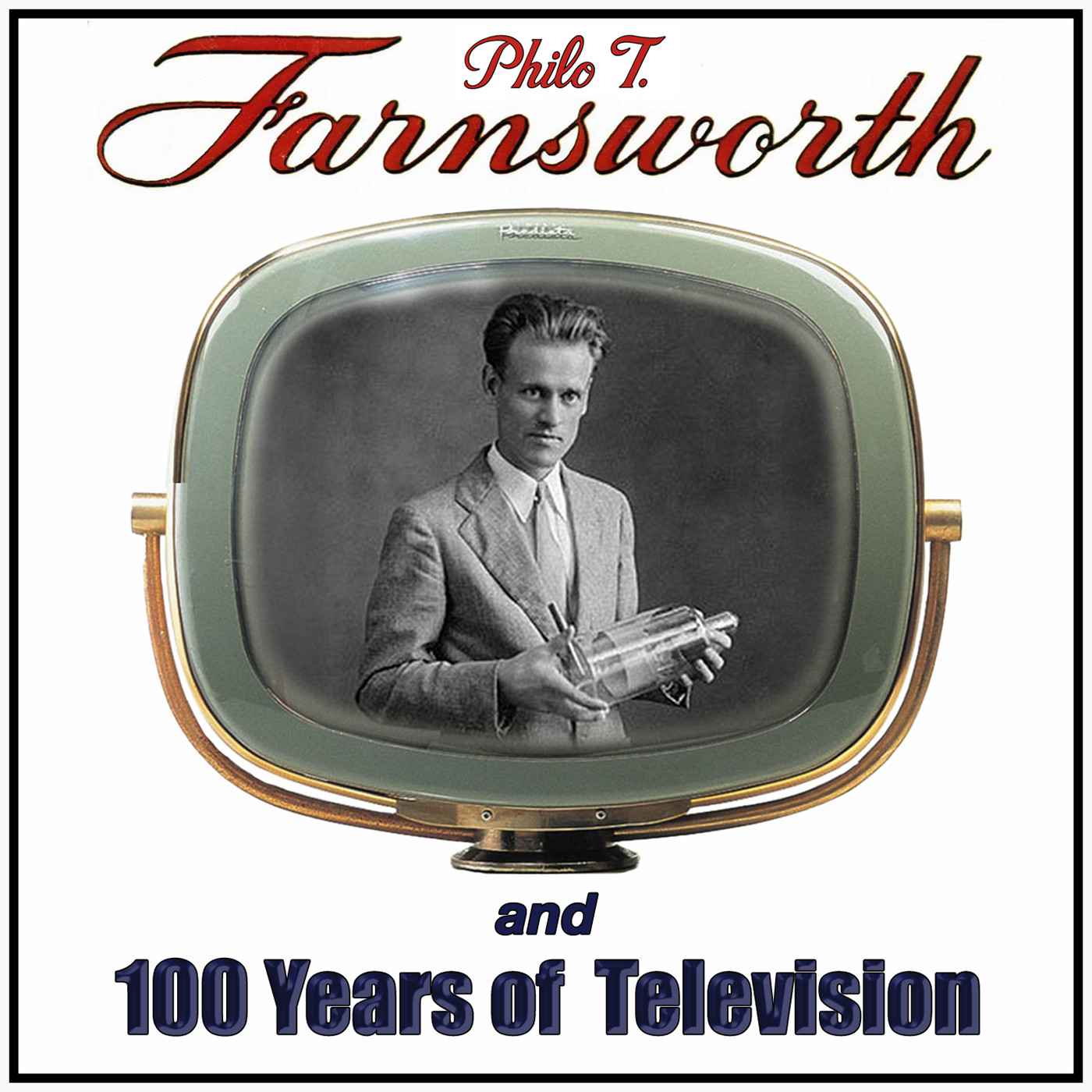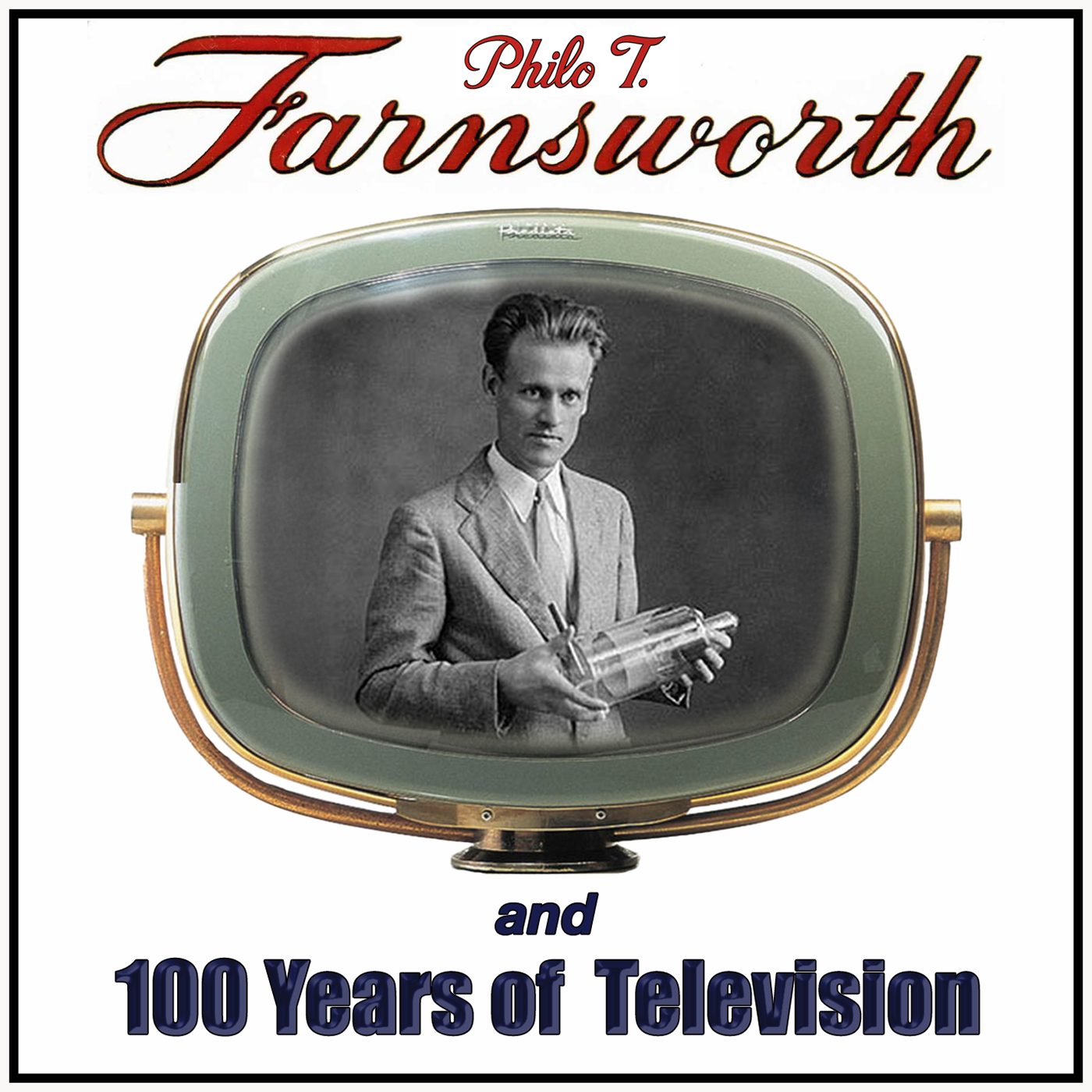Episode Transcript
[00:00:00] Speaker A: They all laughed at Christopher Columbus when he said the world was round they all laughed when Edison recorded sound.
They all laughed at Wilbur and his brother when they said that man could fly they told Marconi wireless was a phony. It's the same old cry.
[00:00:21] Speaker B: Welcome to 100 Years of Television. This is episode number five, before 1927. It's a quantum thing.
Starting in October 2025 and for 100 weeks until September 2027, this podcast is going to recall the top 100 moments in the first 100 Years of Television and video.
I'm Paul Schatzkin, author of the Boy who Invented Television, the definitive biography of Philo T. Farnsworth, who invented the first all electronic television system in San Francisco in 1927.
Our countdown to the centennial will begin the week of October 5, 2025.
In the meantime, we're sifting through the historical record prior to 1927 and lining up the many pieces of the puzzle and that Farnsworth finally solved.
In the last episode, we talked about cathode rays and radio waves.
But before this meandering journey through the history of science and technology can reach its destination, the actual inventing of television physics itself has to make, quite literally, a quantum leap.
Michael Faraday's experiments with electrical induction in the 1830s and and James Clerk Maxwell's unification equations in the 1860s gave science its first comprehensive grasp of electromagnetism. That understanding spawned telegraphy, electric lighting, sound recording, motion pictures and wireless, the whole array of gadgets that made television even imaginable.
By the dawn of the 20th century, the study of electricity had not only transformed daily life, but it was also starting to alter our fundamental understanding of the universe we live in.
And each step in that new understanding was built on prior discoveries, starting with Faraday and Maxwell in the 1830s, when Michael Faraday showed that electricity could produce magnetism and vice versa. He was building on the work of Hans Christian Rsted, who first observed that an electric current could deflect a compass needle. In the 1820s, that meant electricity produced magnetism. Faraday engineered the inverse of Ersted's findings, using magnets to produce electricity and laying the groundwork for practical generators and motors.
In the 1860s, James Clerk Maxwell distilled Faraday's insights into a set of equations that unified electricity, magnetism and light into a single electromagnetic theory by determining that light was another kind of electromagnetic wave. Maxwell's work was the triumph of classical physics, but it also opened the lid on a deeper well of mysteries.
The news that light is an Electromagnetic wave opened the floodgates for the kinds of questions only scientists can ask.
For example, if light is a wave, why do heated objects change color as they get hotter instead of simply shining more brightly?
Why do heated gases give off only a few bright colors instead of a smooth rainbow of light?
It's a quantum thing.
In 1900, German physicist Max Planck offered an answer to such questions that quickly opened the door on a whole new field of inquiry.
Planck suggested that energy is conveyed in discrete packets. He called them quanta, rather than in a smooth continuous flow like a wave.
With this hypothesis, Planck fixed the first cornerstone in a new field of physics that would define the 20th quantum mechanics, the study of matter and energy at the subatomic level.
Meanwhile, another German, Philippe Lenard, was experimenting with Karl Bronze cathode ray tubes.
In 1902, Linard performed detailed experiments on the observation that electrons are released when light shines on certain metal surfaces, the same effect that made photocells possible in those first mechanical attempts at television.
Lenard measured how the number and energy of electrons depended on the intensity of the light.
He confirmed that higher frequency light knocked out higher frequency electrons, but he couldn't explain why.
For his discoveries with cathode rays, Linard was awarded the Nobel Prize in physics in 1905.
But that acclaim was quickly eclipsed by yet another German physicist, who later that same year published a paper that solved L's riddle. His name was Albert Einstein.
1905 the Annis Mirabilis the year 1905 is remembered as the annus mirabilis, the miracle year when Albert Einstein published not one, not two, but four separate papers that rewrote physics for the 20th century.
A century later, Einstein is most remembered for the paper that introduced the elastic space time continuum of special relativity and the most famous formula of all, time, e mc squared.
But the first paper Einstein published in 1905 set the stage for a revolution when he articulated and quantified the photoelectric effect, which experimenters had observed for decades without really understanding.
Einstein explained that light behaves not only as a wave, but also as a stream of particles, which, borrowing from Planck, he called light quanta, but which later became known as photon.
Einstein's hypothesis was greeted as heresy by the scientific establishment, which was still deeply committed to Maxwell's view that light was strictly a wave.
An American physicist at Caltech, Robert Millikan, even spent a decade trying to disprove Einstein's light quanta idea.
But the data refused to budge, and eventually Millikan had to admit that Einstein was right. Light really does act like a stream of particles.
In 1921, Einstein was awarded the Nobel Prize not for relativity and not for E MC squared, but for explaining the photoelectric effect.
That award was a timely recognition.
With Einstein's clear articulation of how light becomes electricity, all the essential pieces of the puzzle that had to be solved for television to shed its mechanical shackles and go fully electronic were finally on the table.
All that was needed now was somebody who could put all the pieces together.
And in the summer of 1921, that somebody was tilling a field near Rigby, Idaho.
This brings us to the end of part five of our pre History of Television, recounting the myriad observations, experiments and inventions that set the stage for Philo Farnsworth's historic breakthrough on September 7, 1927.
Stay tuned for the next episode where after millennia of dreams and a century of experimentation, Telev Television as we know it finally arrived.
Thanks for listening to 100 Years of Television, a two year countdown to the Centennial of Television on September 7, 2027. For more aim a gizmo to tv centennial.com this podcast was written, recorded, edited, engineered and uploaded by me, Paul Schatzkin and is a production of Farnovision.com if television was invented by somebody named Farnsworth, then why don't we call it Farnovision?
[00:08:54] Speaker A: They all said we never would be happy. They laughed at us and ha.
But ho ho ho, who got their lives right now.
